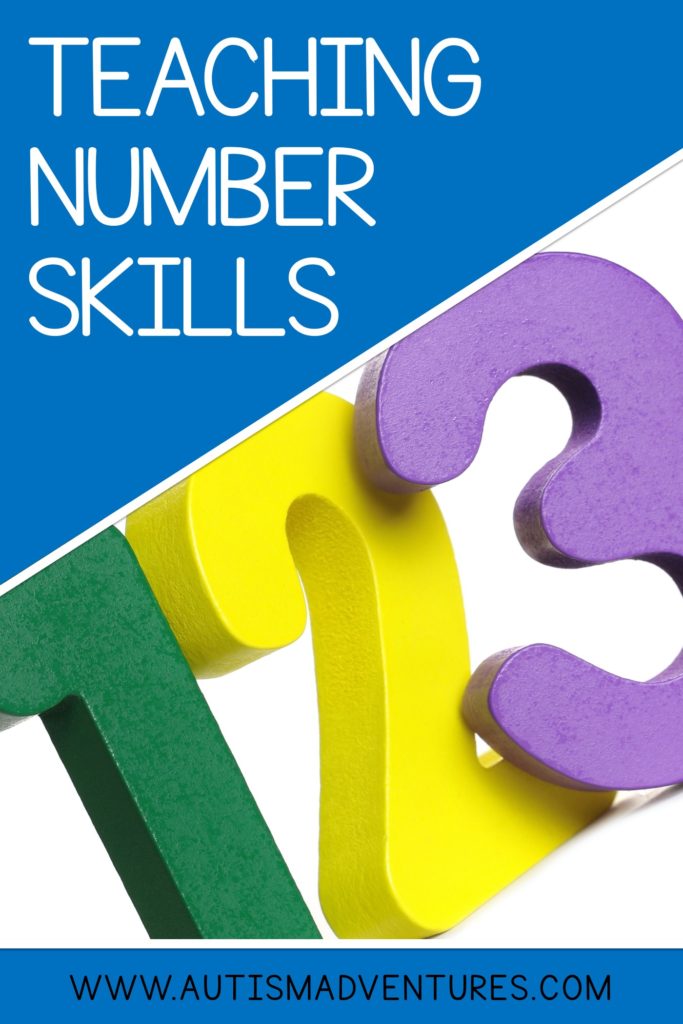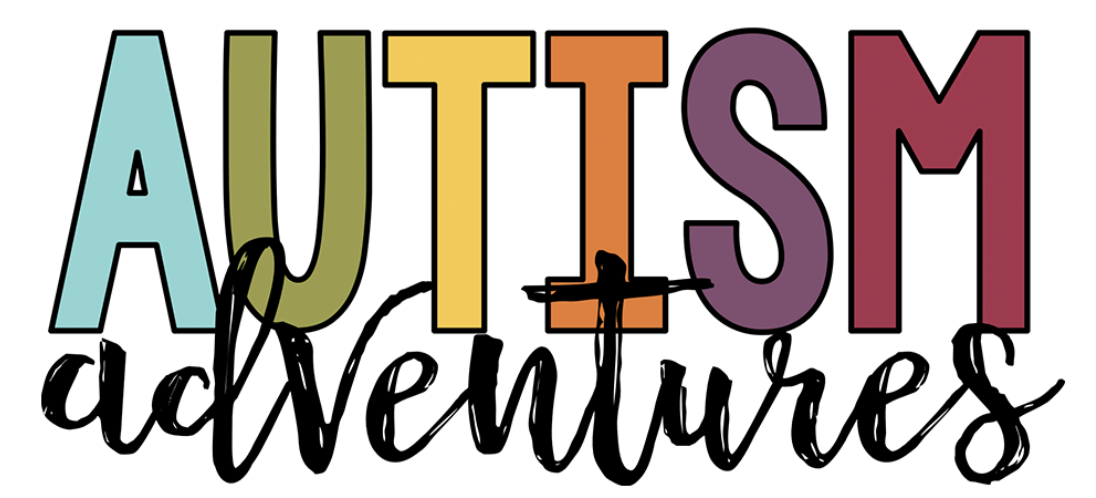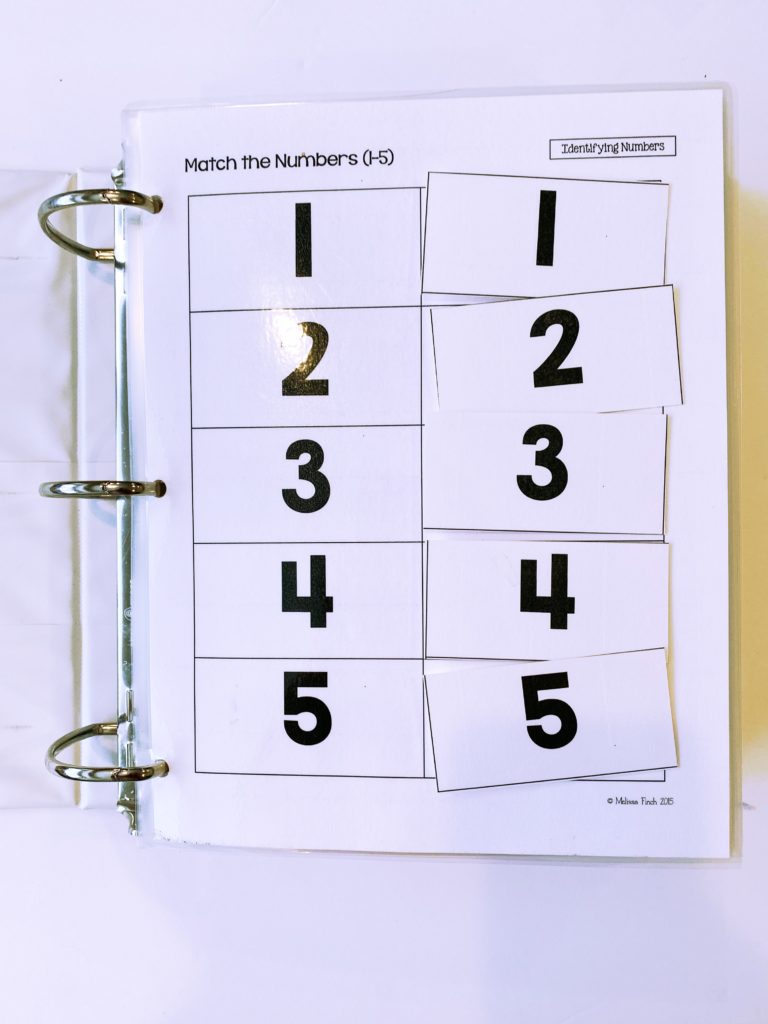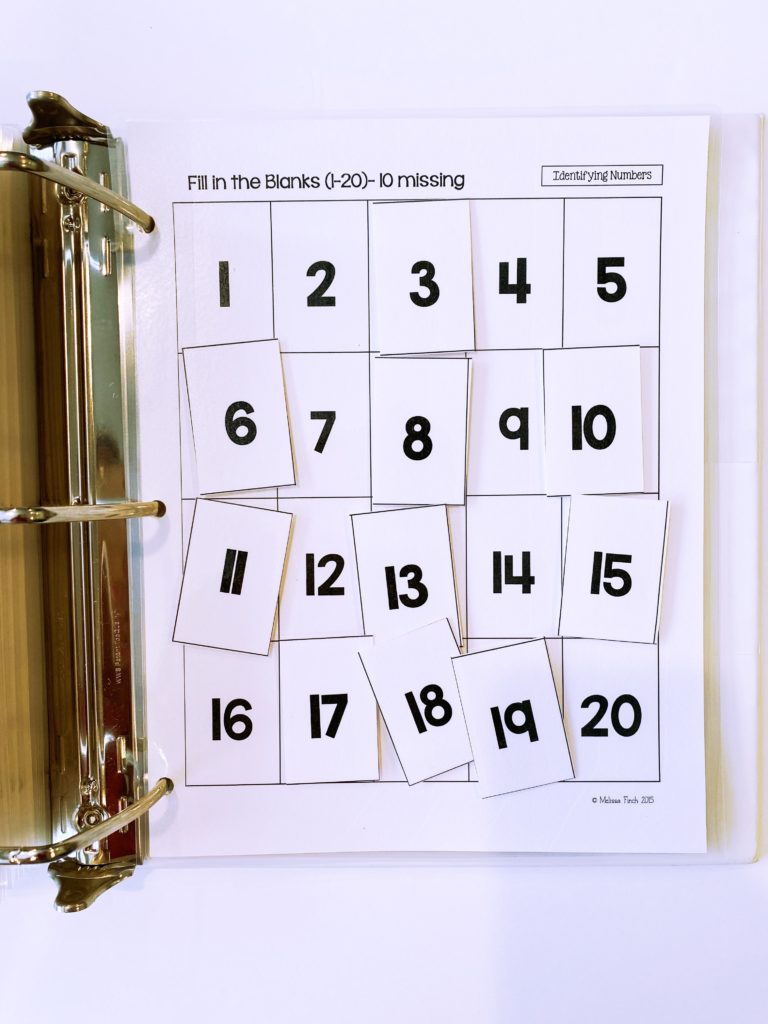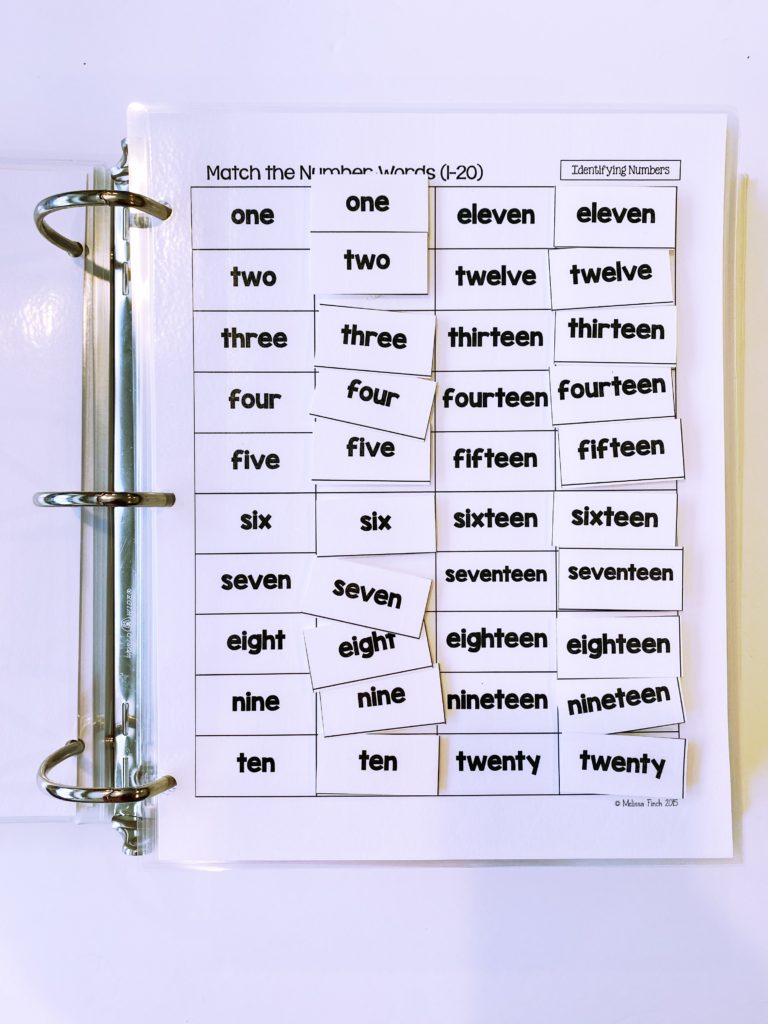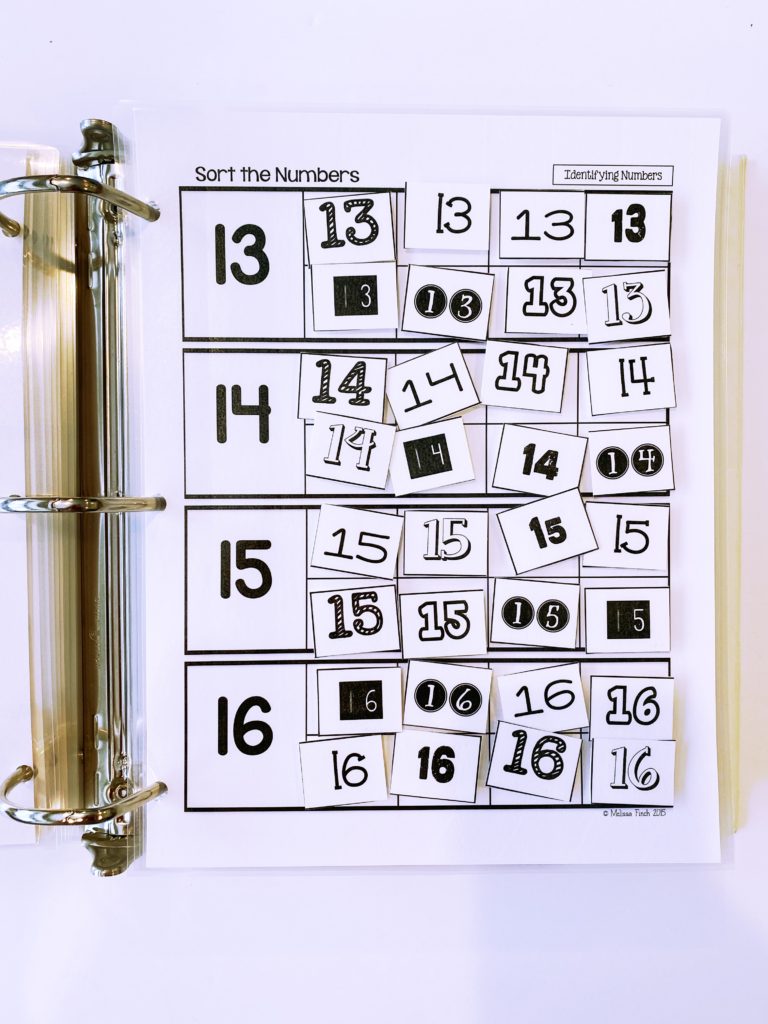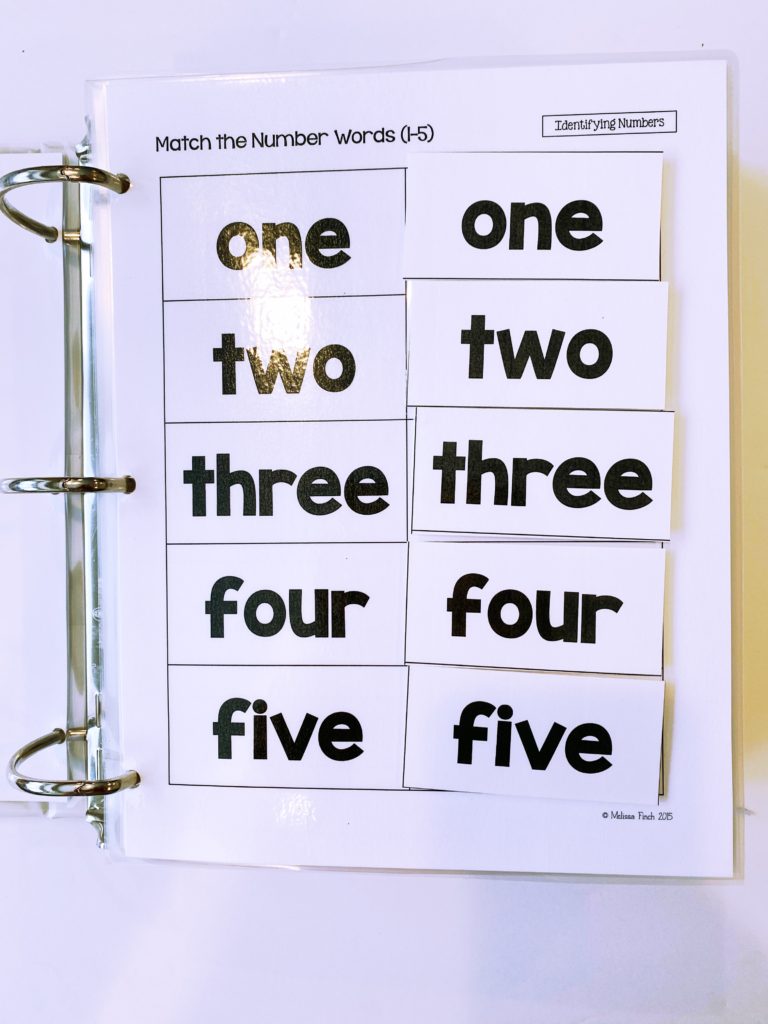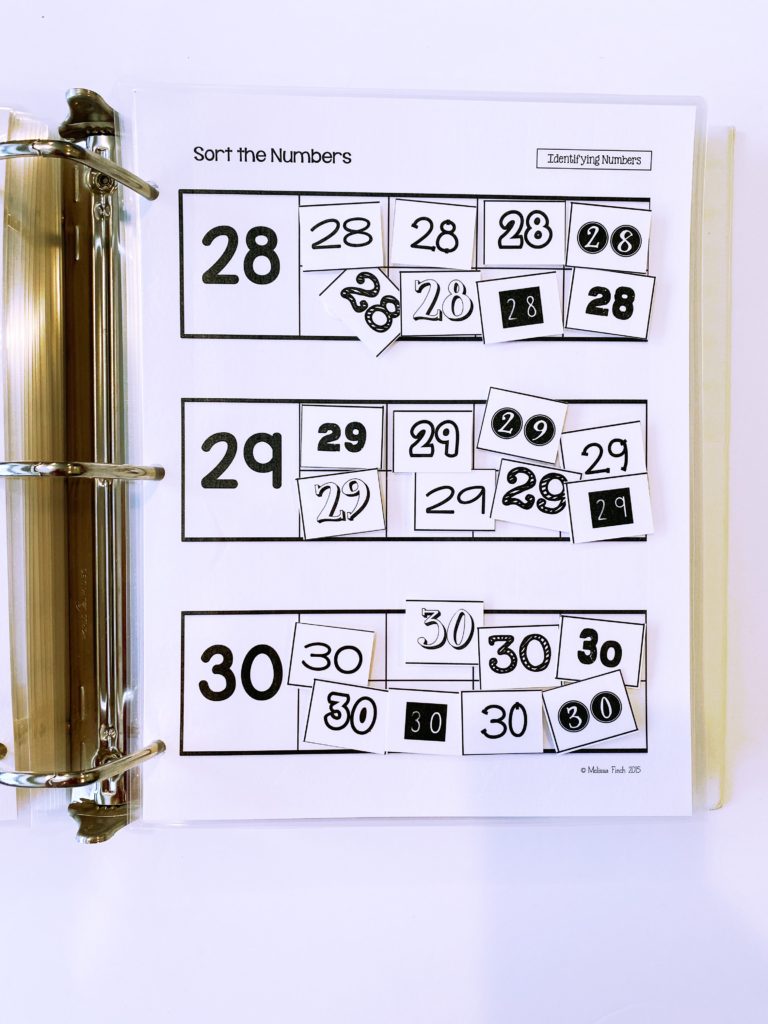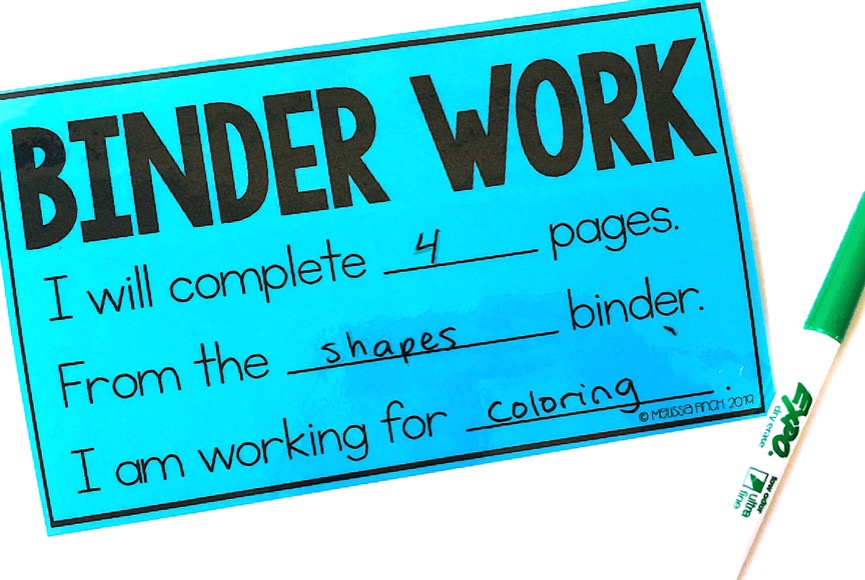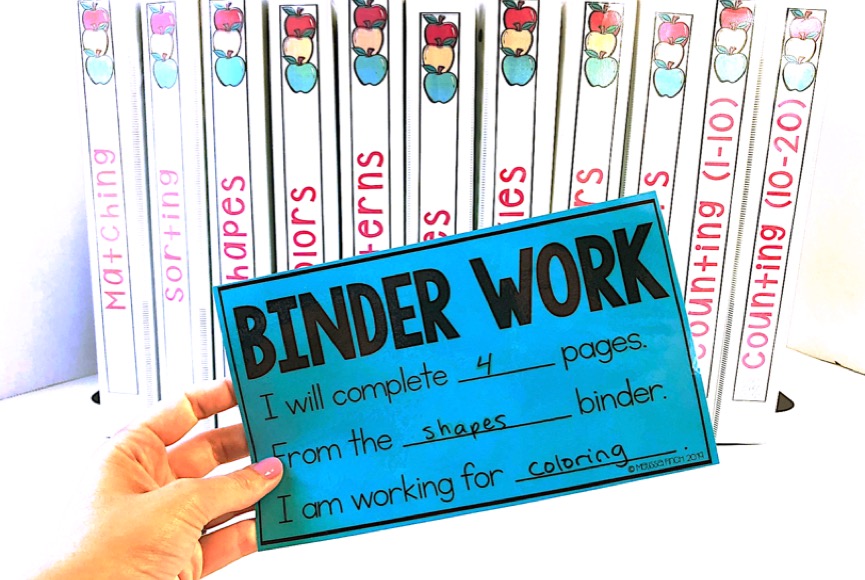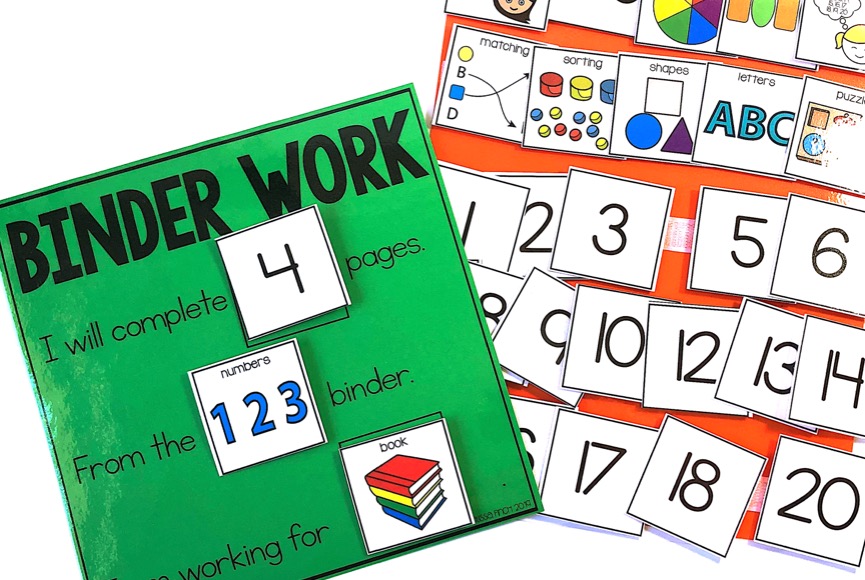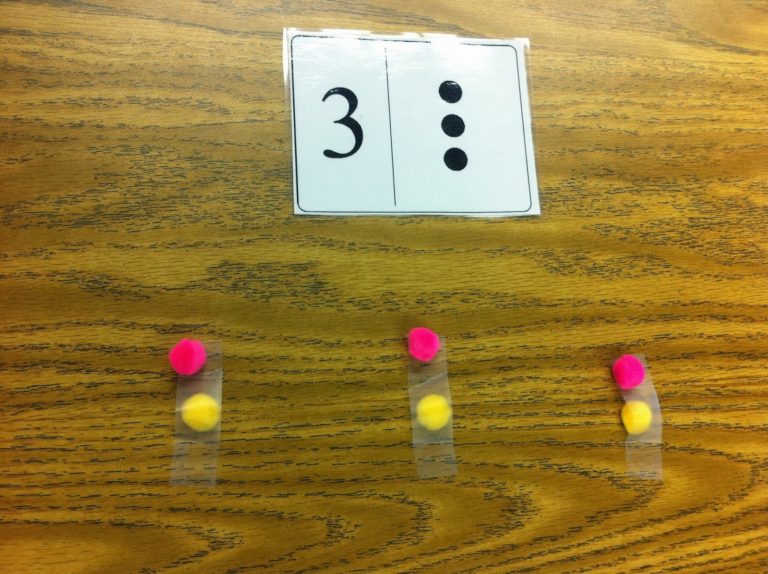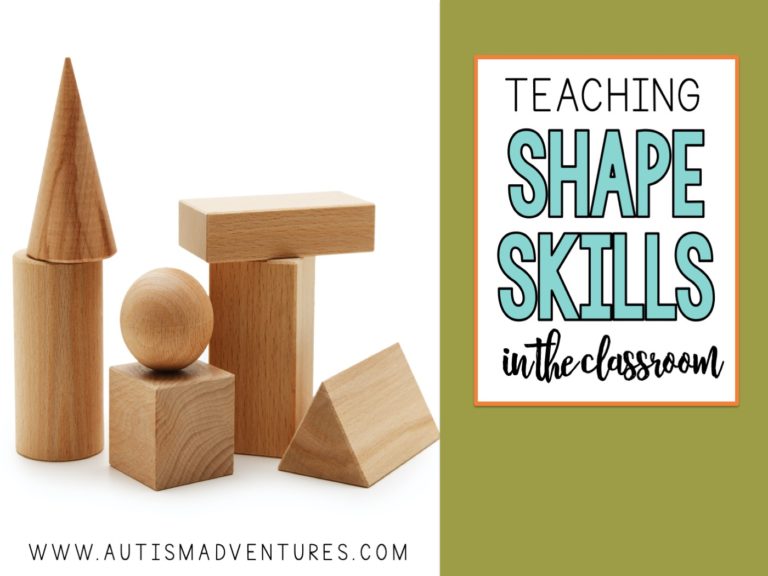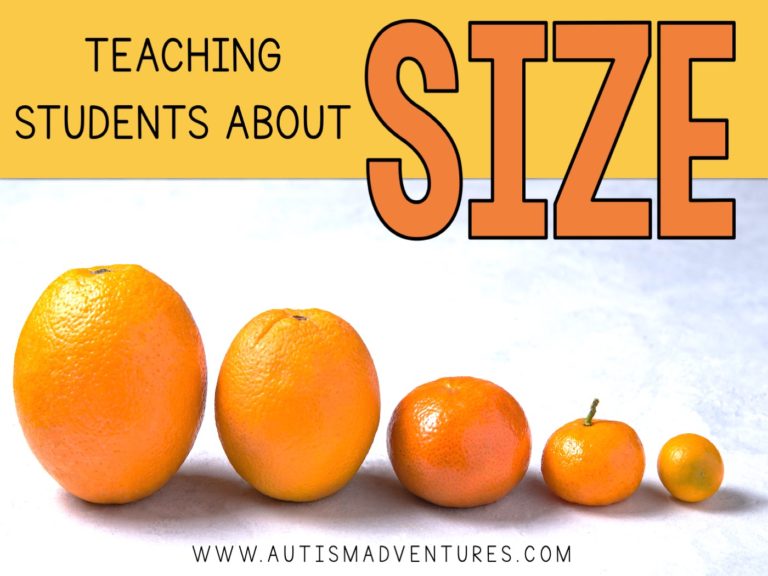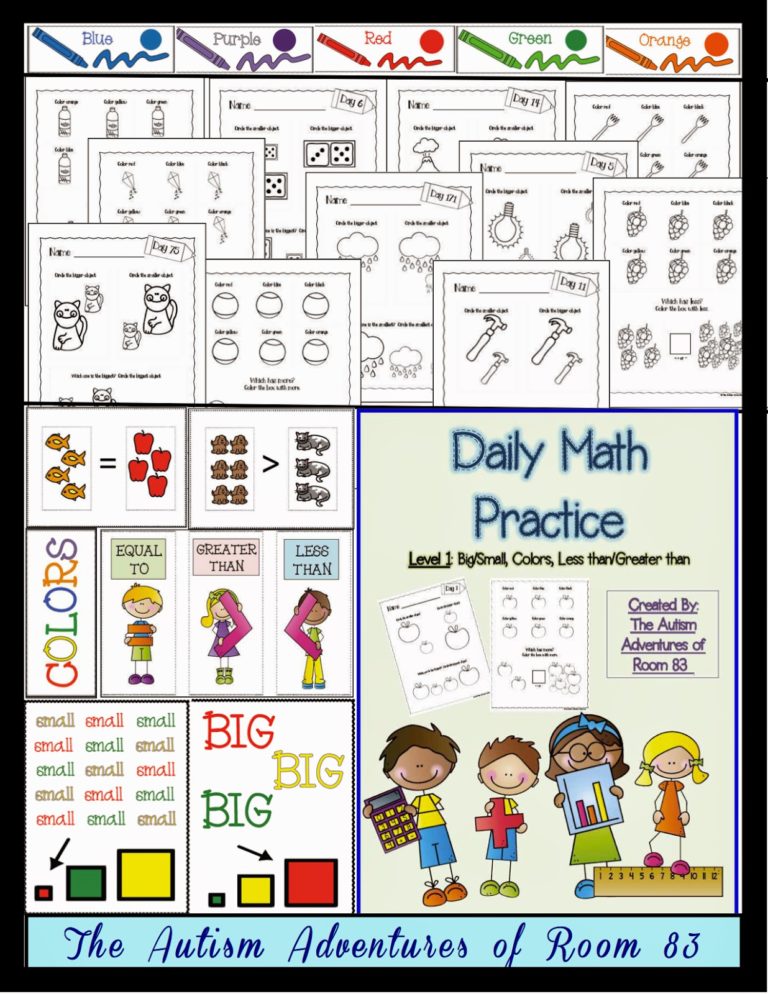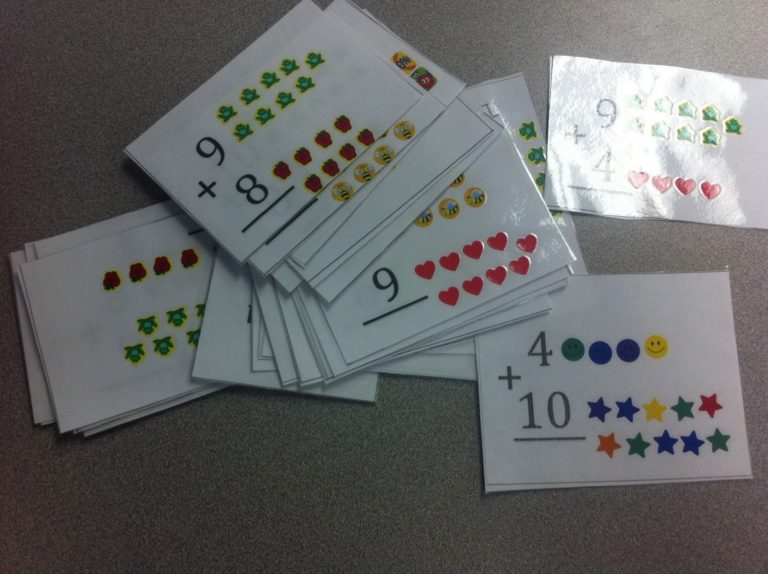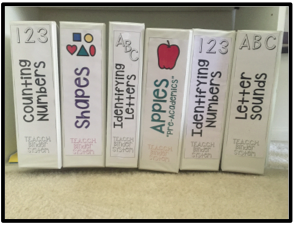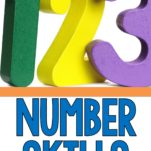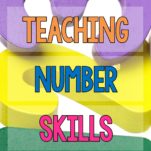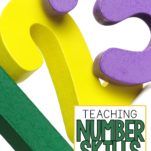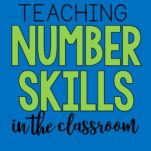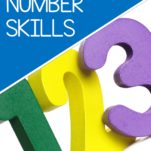Teaching Number Skills in the Classroom
Teaching basic skills is so important in any classroom. Teaching basic skills can be fun, hands on and educational all at the same time. Today’s blog post I am going to be talking all about number skills in the classroom, and why these skills are a crucial basic skill for students.
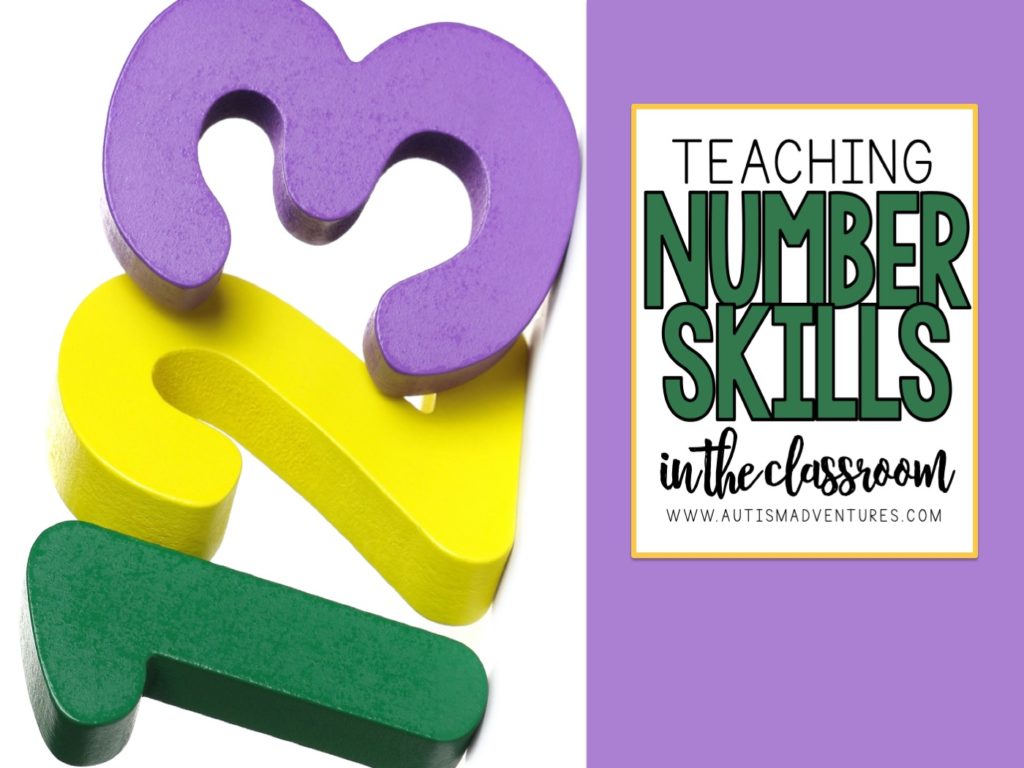
* This post may contain affiliate links. This means that if you click and end up purchasing, you pay no extra cost, but I earn a small fee for referring you.
Benefits of Mastering Number Knowledge
Number knowledge is an early area of learning for most children. When parents begin playing with children, they often spontaneously begin counting and modeling that for children. In fact, some research suggests that children are actually born with a sense of number – that even very young children will attend when quantities are changed.
Mastering number knowledge is important for young children for many reasons. Not only does understanding of number provide a foundation for mathematics learning, but good number sense helps students gain problem solving skills and ultimately, organize their mathematical thinking to help them understand their world better.
How Number Knowledge Leads to Real-World Learning
It is said that numbers are a universal language. There is truth in this; every civilization in the world – for many centuries – have used numbers in some form to represent quantity.
Additionally, as we are more of an information society than an agricultural or service society as we were before, everyone needs to have a good understanding of number. Not only do individuals use number sense in their jobs more and more, they use number in everyday living, from managing money to shopping for the best price to figuring out the cost of a vacation to building things and cooking.
Activities to Build Number Knowledge in the Classroom
Number knowledge develops over time, through many opportunities to explore numbers. There are several areas related to teaching number knowledge, and they are all inter-related. Read on to find activities to use to teach number identification, writing numbers, and representing numbers with objects.
Number Identification
There are many activities that you can do with kids to help them learn to identify numbers. Lots of teachers and parents use flash cards, but there are definitely ways that engage students more.
- Chalk numbers. Go outside and make a 5 x 5 square using sidewalk chalk. Write a number in each box. Call out a number and have the child go and stand on that number. If you have two children playing, they could play it like Twister – put a hand or foot on the number that you call out.
- Number collage. Ask students to bring in pictures of numbers – these can be pictures from magazines or pictures that were taken and printed out. Create a number collage on the bulletin board. As each child brings their number to the board, the class identifies the number that the child brought. Let each child select a spot on the bulletin board to place their number.
- Classroom books. After the number collage has been up for a few days, use the numbers to create number books for the classroom. There are lots of options here. One could be to create a number book that highlights one number (for example, a book of 5’s). Another possibility is to create counting books; arrange the numbers 1-10, one per page. You might also add the number word and a set of pictures that represent the numbers.
- Board game. Create a board game that has a trail from start to finish and write a number in each space. The child rolls one die and moves that number of spaces. Then, he says the number he landed on out loud. If he is right, he stays there; if he is wrong, he moves backward one space.
Representing Number with Objects
When children begin to represent numbers using objects, this promotes early understanding of quantity.
- Tallies. Use tallies frequently, such as tallying how many days you have been in school, how many students are bus riders/car riders/walkers, and how many are getting hot lunch versus cold lunch. After tallying, write the numeral beside the tallies. This helps students learn that a number is connected with a set of objects (in this case, tallies).
- Center Activities. There are many center activities that kids could do that help them learn to connect a set of objects with numbers. Stringing beads, matching number cards with corresponding pictures showing that number of objects (or using actual objects), and using a bingo marker pen to create number-set cards are all engaging activities that students can do independently.
Writing Numbers
Many teachers and parents start out by giving students worksheets that have numbers “dotted,” so that students can trace them. While that might be appropriate independent “seatwork” or homework, try these fun, tactile activities with kids to engage them.
- Sandpaper numbers. Cut out numbers from a sheet of sandpaper. Students can trace these; the texture of the sandpaper helps imprint the shape of each number in children’s memory.
- Writing with shaving cream. Give children some shaving cream on a small paper plate or on the desk and call out a number for children to “write” with their finger.
Number Binder Tasks
I am a huge believer in binder tasks and file folder activities in the classroom. They may require a lot of prep in the beginning, but offer so many benefits for years to come.
This Binder Work System focuses on number tasks! There are 58 interactive pages that can be used to practice identifying numbers and building number skills. A wide variety of matching activities are included to meet the needs of all of your students! All of these binder task activities are non-seasonal, meaning they can be used year round!
This bundle includes:
- matching numbers
- number words matching
- matching numbers to number words
- number/word sorting
- filling in the blanks
- sequencing the numbers
- matching different fonts
- What doesn’t belong?
The Binder work system is great for early childhood programs, special education programs or autism classrooms/programs. The Binder Work system was designed to create a systematic routine system for students to work independently on already mastered skills that they learn at the math, reading, and writing centers/classes. This can be an every day work center/rotation within your classroom that requires no planning. To learn more about organizing and storing binder tasks, read this blog post HERE.
If you are looking for some free binder task visuals, click on the images below or read this old blog post HERE.
This product can be used 3 different ways:
- Print, laminate and assemble in binders for reusable interactive work tasks
- Assemble into file folder activities
- Print and use as cut and paste worksheets for extra practice/fillers
Number Activities and Games
Below are some great games to practice number skills in the classroom! These are all available on Amazon and most are also available at common places like teacher supply stores, Target and Walmart!
In Summary
Numbers are a fundamental skill that provides the foundation for learning in many different areas. Not only do children develop many pre-academic skills, number activities are just fun!
Like what you read? Don’t forget it, PIN IT!
